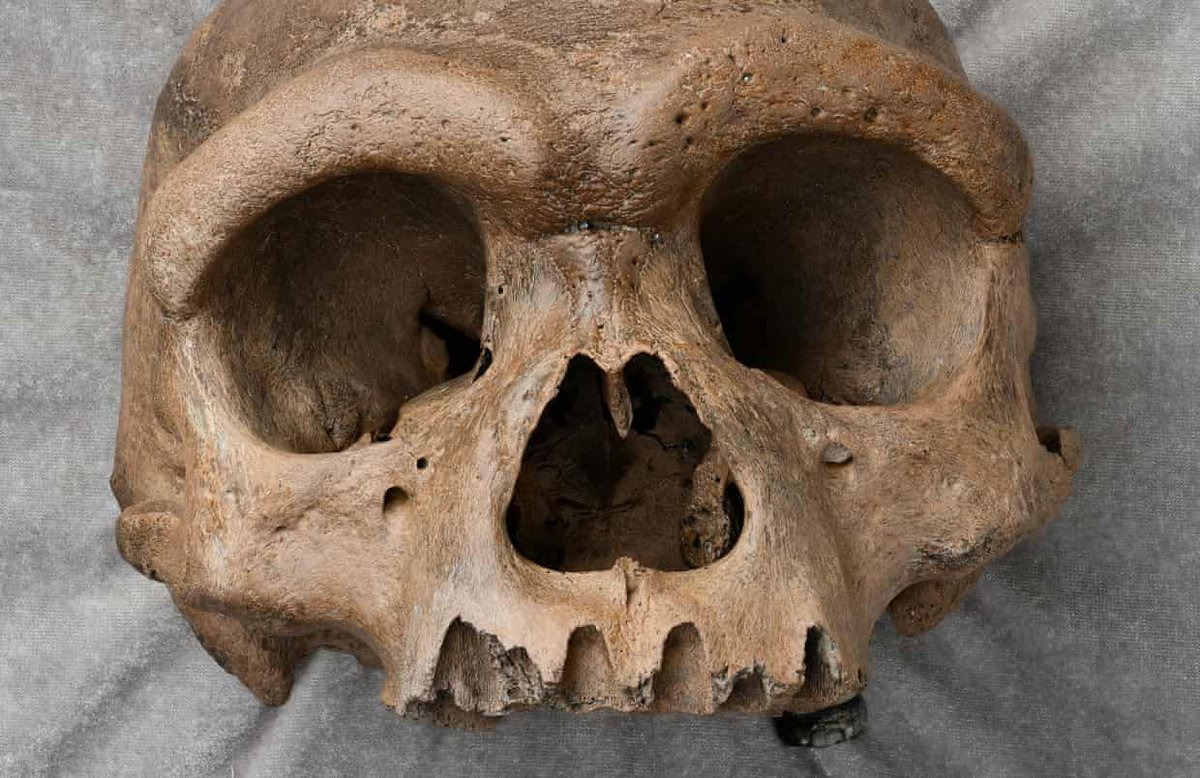Generally, human chromosomes are numbered in order of length. Chromosome 1 is the longest, then 2, and so on. Most people know the sex chromosomes are exceptions; X is longer than 8, Y shorter than 20. Fewer know that chromosome 20 is longer than 19. And 22 is longer than 21. 

In the 1950s and 1960s, there was a lot of diversity in how different research groups numbered human chromosomes. Length was an obvious criterion, but to reliably sort karyotypes, scientists had to rely on additional characteristics including centromere position and arm lengths. 

The human genetics community worked to standardize the nomenclature of chromosomes in the 1960s, settling on today's numbers, before methods of measuring chromosome length were precise enough to accurately rank relative lengths of the shortest chromosomes.
The methods quickly progressed during the 1960s but the early nomenclature stuck. Growing work on important karyotype variants like trisomy 21 (Down syndrome) meant that a standard way of referring to chromosomes was more valuable than having the names match their lengths.
A full chart of human chromosome lengths in nucleotides (based on EBI data). The other blip in the order is chromosome 10, which is shorter than 11. 

• • •
Missing some Tweet in this thread? You can try to
force a refresh














